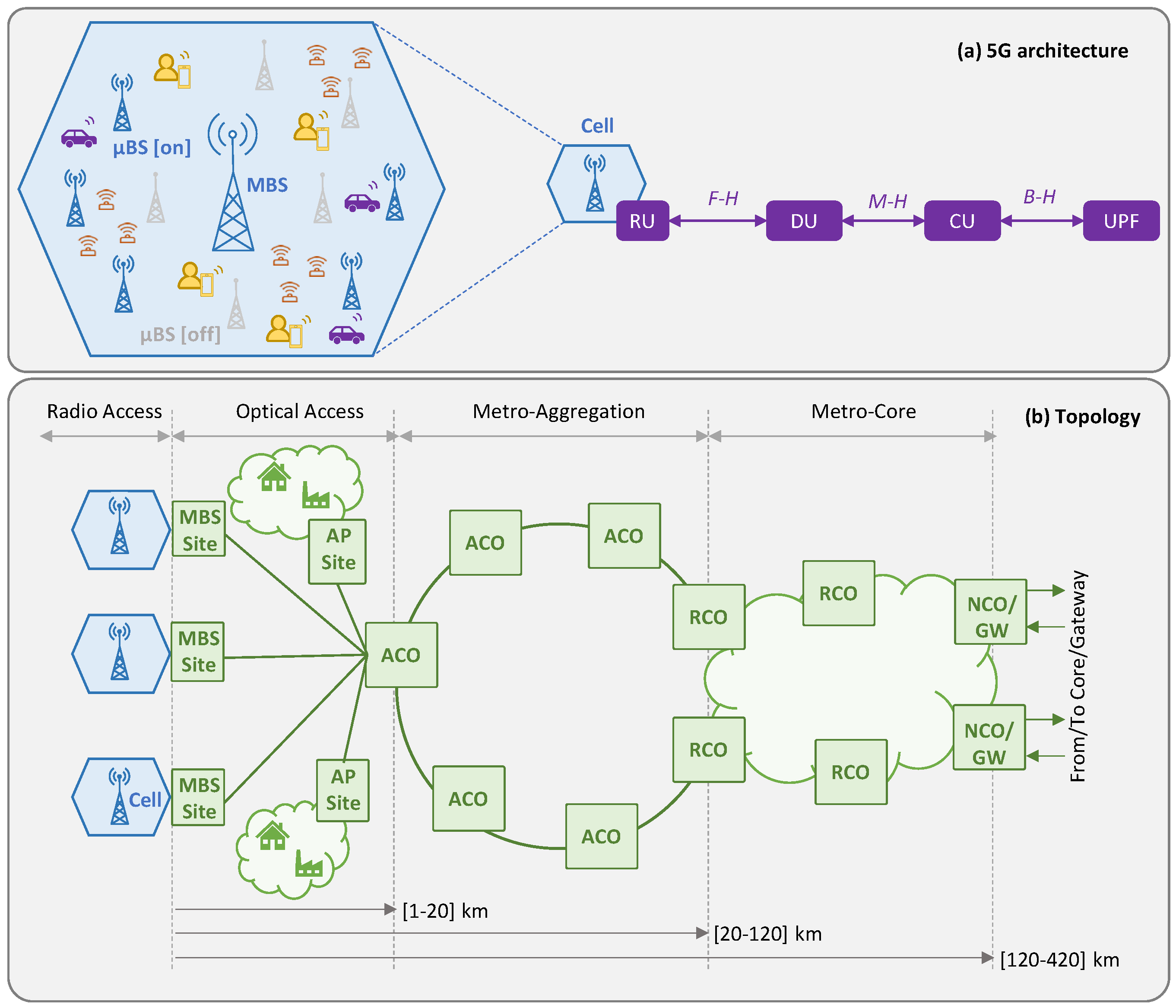News on Publication Context-based e2e Autonomous Operation in B5G Networks
Abstract:The research and innovation related to fifth-generation (5G) networks that has been carried out in recent years has decided on the fundamentals of the smart slice in radio access networks (RANs), as well as the autonomous fixed network operation. One of the most challenging objectives of beyond 5G (B5G) and sixth-generation (6G) networks is the deployment of mechanisms that enable smart end-to-end (e2e) network operation, which is required for the achievement of the stringent service requirements of the envisioned use cases to be supported in the short term. Therefore, smart actions, such as dynamic capacity allocation, flexible functional split, and dynamic slice management need to be performed in tight coordination with the autonomous capacity management of the fixed transport network infrastructure. Otherwise, the benefits of smart slice operation (i.e., cost and energy savings while ensuring per-slice service requirements) might be cancelled due to uncoordinated autonomous fixed network operation. Notably, the transport network in charge of supporting slices from the user equipment (UE) to the core expands across access and metro fixed networks. The required coordination needs to be performed while keeping the privacy of the radio and fixed network domains, which is important in multi-tenant scenarios where both network segments are managed by different operators. In this paper, we propose a novel approach that explores the concept of context-aware network operation, where the slice control anticipates the aggregated and anonymized information of the expected slice operation that is sent to the fixed network orchestrator in an asynchronous way. The context is then used as the input for the artificial intelligence (AI)-based models used by the fixed network control for the predictive capacity management of optical connections in support of RAN slices. This context-aware network operation aims at enabling accurate and reliable autonomous fixed network operation under extremely dynamic traffic originated by smart RAN operation. The exhaustive numerical results show that slice context availability improves the benchmarking fixed network predictive methods (90% reduction in prediction maximum error) remarkably in the foreseen B5G scenarios, for both access and metro segments and in heterogeneous service demand scenarios. Moreover, context-aware network operation enables robust and efficient operation of optical networks in support of dense RAN cells (>32 base stations per cell), while the benchmarking methods fail to guarantee different operational objectives.

